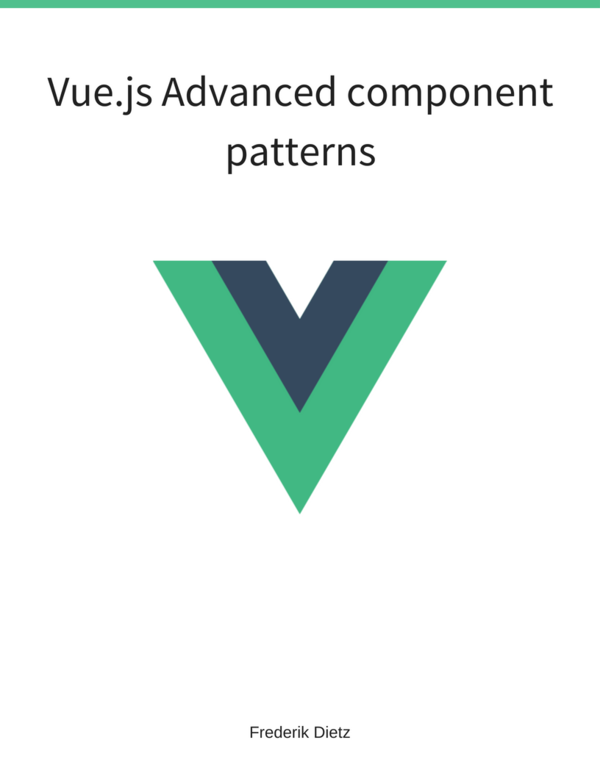- Home
- Introduction
- Controllers
-
Directives
- Enabling/Disabling DOM Elements Conditionally
- Changing the DOM in response to user actions
- Rendering an HTML Snippet in a Directive
- Rendering a Directive's DOM Node Children
- Passing Configuration Params Using HTML Attributes
- Repeatedly Rendering Directive's DOM Node Children
- Directive-to-Directive Communication
- Testing Directives
- Filters
- Using Forms
- Consuming External Services
- Urls Routing and Partials
- Common User Interface Patterns
- Backend Integration with Ruby on Rails
- Backend Integration with Node Express
Repeatedly Rendering Directive's DOM Node Children
Problem
You wish to render an HTML snippet repeatedly using the directive’s child nodes as the “stamp” content.
Solution
Implement a compile function in your directive.
<repeat-ntimes repeat="10">
<h1>Header 1</h1>
<p>This is the paragraph.</p>
</repeat-n-times>var app = angular.module("MyApp", []);
app.directive("repeatNtimes", function() {
return {
restrict: "E",
compile: function(tElement, attrs) {
var content = tElement.children();
for (var i=1; i<attrs.repeat; i++) {
tElement.append(content.clone());
}
}
};
});This will render the header and paragraph 10 times.
Discussion
The directive repeats the child nodes as often as configured in the repeat attribute. It works similarly to the ng-repeat directive. The implementation uses Angular’s element methods to append the child nodes in a for loop.
Note that the compile method only has access to the templates element tElement and template attributes. It has no access to the scope and you therefore can’t use $watch to add behavior either. This is in comparison to the link function that has access to the DOM “instance” (after the compile phase) and has access to the scope to add behavior.
Use the compile function for template DOM manipulation only. Use the link function whenever you want to add behavior.
Note that you can use both compile and link function combined. In this case the compile function must return the link function. As an example you want to react to a click on the header:
compile: function(tElement, attrs) {
var content = tElement.children();
for (var i=1; i<attrs.repeat; i++) {
tElement.append(content.clone());
}
return function (scope, element, attrs) {
element.on("click", "h1", function() {
$(this).css({ "background-color": "red" });
});
};
}Clicking the header will change the background color to red.
